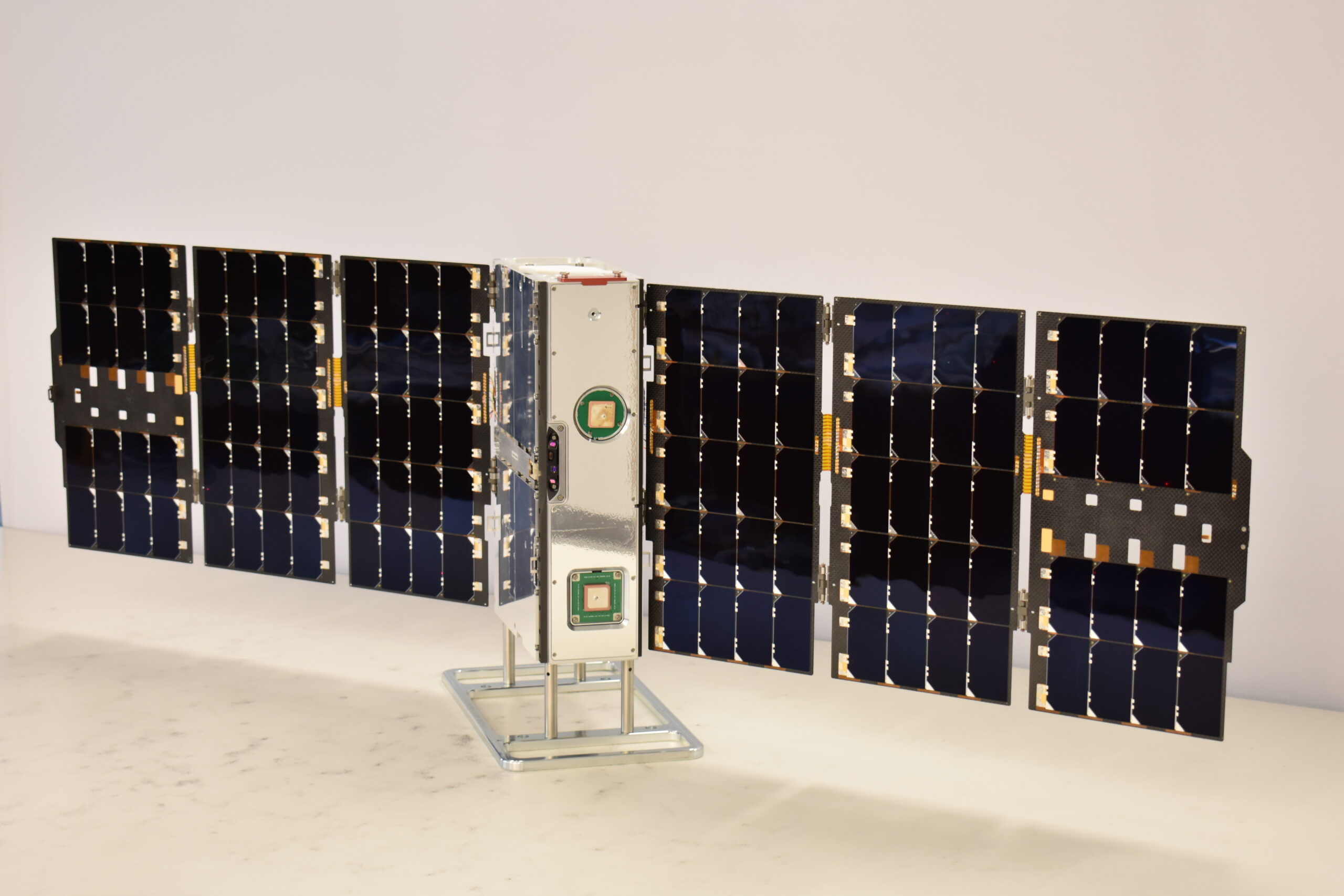Blue Canyon president Brad Tously said there is a growing interest from national security agencies in space missions in very low Earth orbit
WASHINGTON — Among the 59 small-satellite missions SpaceX launched on May 25 on the Transporter 5 rideshare was a shoebox-size cubesat designed to operate in very low orbit for an extended period of time.
The “agile microsat” known as AMS was developed by Blue Canyon Technologies for the MIT Lincoln Laboratory with U.S. Air Force funding. The goal is to test the ability of small spacecraft to maneuver and perform tasks in very low orbits — generally between 200 to 300 kilometers above Earth — where satellites have to fight atmospheric drag.
Now in orbit after two years in development, the AMS will begin flight operations in mid-June, said Brad Tously, president of Blue Canyon and vice president of the parent company Raytheon Intelligence and Space.
“What we are interested in doing is to validate that you can operate in very low Earth orbit with autonomous flight control software,” Tously told SpaceNews.
He said AMS would be the first Blue Canyon hardware to fly in VLEO for an extended duration mission that could last several months. The AMS spacecraft will be operated from Blue Canyon’s mission operations center in Lafayette, Colorado.
The AMS carries a laser beacon and remote sensing payloads developed by MIT Lincoln Laboratory. Blue Canyon used a 6U-XL bus in a configuration with symmetric double-deployed solar panels and a Enpulsion NANO AR3 electric propulsion thruster that will attempt to maneuver to the lowest altitude possible.
“When you operate in very low earth orbit, your drag is increased. So unless you appropriately control the propulsion and your flight software, you can quickly deorbit,” Tously said. “So that’s the point, to show that we can operate at duration, and go up and down in altitude.”
Military interest in low orbit demos
Tously said there is growing interest from national security agencies in exploring VLEO space applications.
Blue Canyon in 2019 was selected by the Naval Research Laboratory to support a combined U.S. Navy and U.K. Ministry of Defense demonstration mission in very low orbit.
The mission, called CIRCE — short for Coordinated Ionospheric Reconstruction CubeSat Experiment — has been in development for more than two years and is projected to launch in late 2022, Tously said. Two 6U cubesats will fly in tandem formation to measure the ionosphere and radiation environment from multiple vantage points.
The ionosphere spans the upper edges of the Earth’s atmosphere to the lower regions of space.
Tously said Blue Canyon is hoping to be selected for a Defense Advanced Research Projects Agency project that will launch several satellites to study high-frequency radio signals in the upper layers of the atmosphere.
DARPA is now seeking industry bids for the project called Ouija. It will use sensors on low-orbiting satellites to monitor radio wave propagation. The agency said the study of radio waves in this lower layer of space will help enhance the performance of military weapon systems that rely on radio signals.
These VLEO missions are important in many areas of scientific research, said Tously. “If you want to characterize the ionosphere, you need to drop down to lower than normal LEO orbits, and most folks wouldn’t operate there at extended duration,” he said. “The drag will increase and you just eventually deorbit in a matter of months.”
